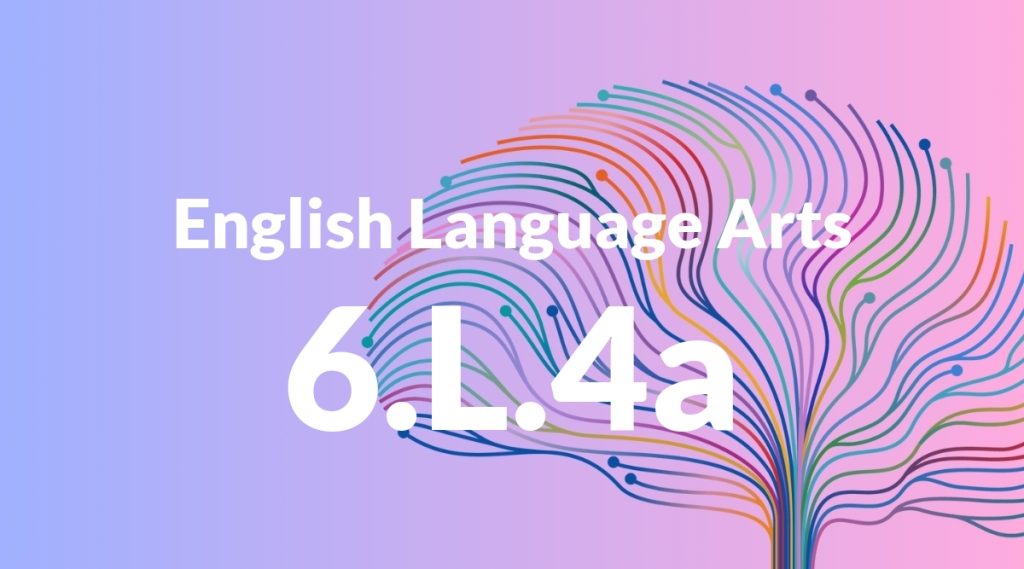Standard: 6.L.4a – Use context (e.g., the overall meaning of a sentence or paragraph; a word’s position or function in a sentence) as a clue to the meaning of a word or phrase.
Grade level: Grade 6
Subject: English Language Arts
Domain: Language
Teacher Overview
This standard emphasizes the importance of using context clues to determine the meaning of unknown words or phrases. It is crucial for developing reading comprehension skills, as it enables students to understand and engage with complex texts independently. Students should be comfortable with basic sentence structure and parts of speech, and have experience identifying main ideas and supporting details in texts.
Students will be able to infer the meaning of complex vocabulary and idiomatic expressions, enhancing their overall reading comprehension and ability to engage with diverse texts.
Common Misconception 1
Some students mistakenly believe that context clues are only found in the sentences immediately around the unknown word. This limits their ability to understand the word’s meaning fully.
Intervention 1
Implement reading exercises that require students to look at the entire paragraph or passage to find context clues, reinforcing the idea that context can be broader than just a single sentence.
Common Misconception 2
Another common misconception is that words have only one meaning, and students may not consider how context can alter a word’s meaning.
Intervention 2
Use exercises that present words with multiple meanings in different contexts, helping students practice determining the correct meaning based on the surrounding text.
Prerequisite Knowledge
Students should have a basic understanding of sentence structure, including subjects, predicates, and the function of common parts of speech. They should also be familiar with reading comprehension strategies and have experience with identifying main ideas and supporting details in texts.
Subsequent Knowledge
After mastering this standard, students will develop the ability to infer the meaning of more complex and abstract vocabulary. They will also be able to apply context clues to understand idiomatic expressions and nuanced language in various types of texts.
Instructional Activities
- Context Clue Scavenger Hunt: Students search for and highlight context clues in a given text.
- Word Detective: Students work in pairs to determine the meaning of unknown words using context clues.
- Context Clue Journal: Students keep a journal of new words they encounter and how they determined their meanings using context clues.
- Interactive Read-Aloud: Teacher reads a text aloud and stops to discuss context clues for challenging words.




